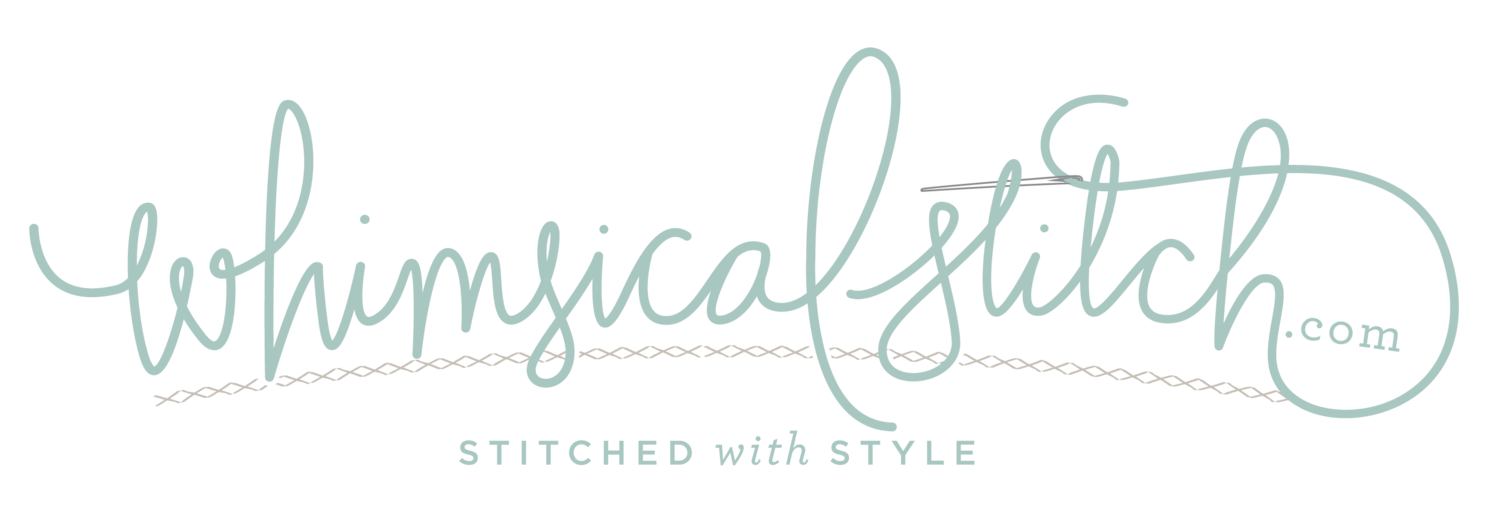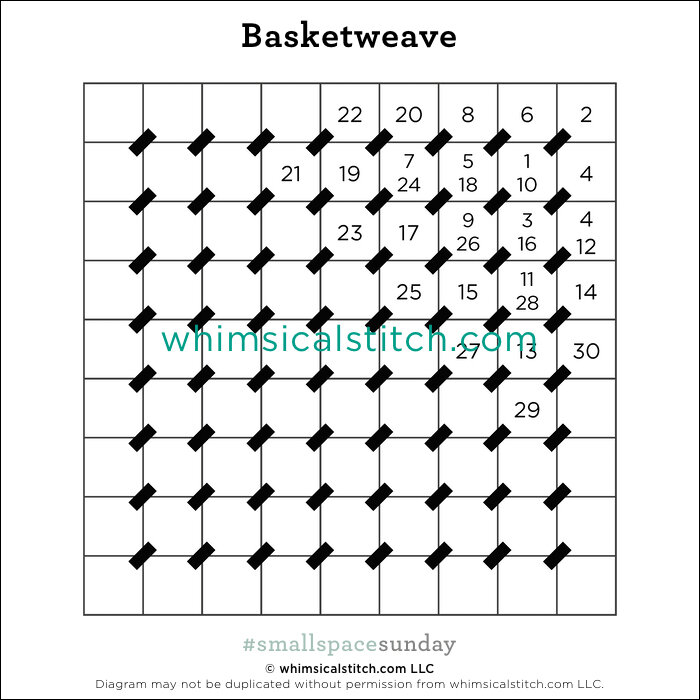I'm not going to bore you with how long it took me to find this week's stitch. The moral of the story is to not always associate certain stitches with specific themes. Meaning, all of these stitches are great for animals but they are great for many other areas. And vice versa.
Case in point. I first used this stitch on a sailboat on Emma Williams Rooftops. Not an animal in sight on that piece. But...I saw a picture of the same stitch on a fish this morning and voila! We have a #smallspacesunday. And it's perfect...absolutely perfect.
And I have not a single clue as to its name. And that's okay. I present the Fish Stitch.
This diagram is slightly different from other #whimsicalwednesday diagrams to provide clarity on the steps (left side of diagram) and the compensation stitches (right side of diagram). The core stitch is up four rows and over two rows. Always start four rows down from the top! After you create the first row of stitches, each subsequent horizontal row of stitches overlaps the previous row by a single row. The compensation stitches are a tiny bit tricky because their angle will rarely match the angle of adjacent stitches.
The thread combinations are endless. The diagram is in two colors for clarity. On the Emma Williams sailboat, I used Silk Lame and Fyre Werks (shown here on Instagram). The soon to be famous fish (stitch sample can be found here) used a single thread, Silk Lame Braid. It really depends on the area you are stitching. I hope you have the perfect space for this stitch, whether it is a fish or something else. More importantly, I hope you enjoy it.
This stitch diagram, along with all other #whimsicalwednesday and #smallspacesunday stitch diagrams, can also be found on a Pinterest board here.
Be sure to follow whimsicalstitch.com on Facebook, Pinterest, Instagram, and Twitter.
If you like what you see on this blog, want to learn some very creative decorative stitches, and how to put them all together, whimsicalstitch.com sells stitch guides for seasonal Melissa Shirley designs. 27 guides are currently available and more are in the pipeline.
Enjoy!






















